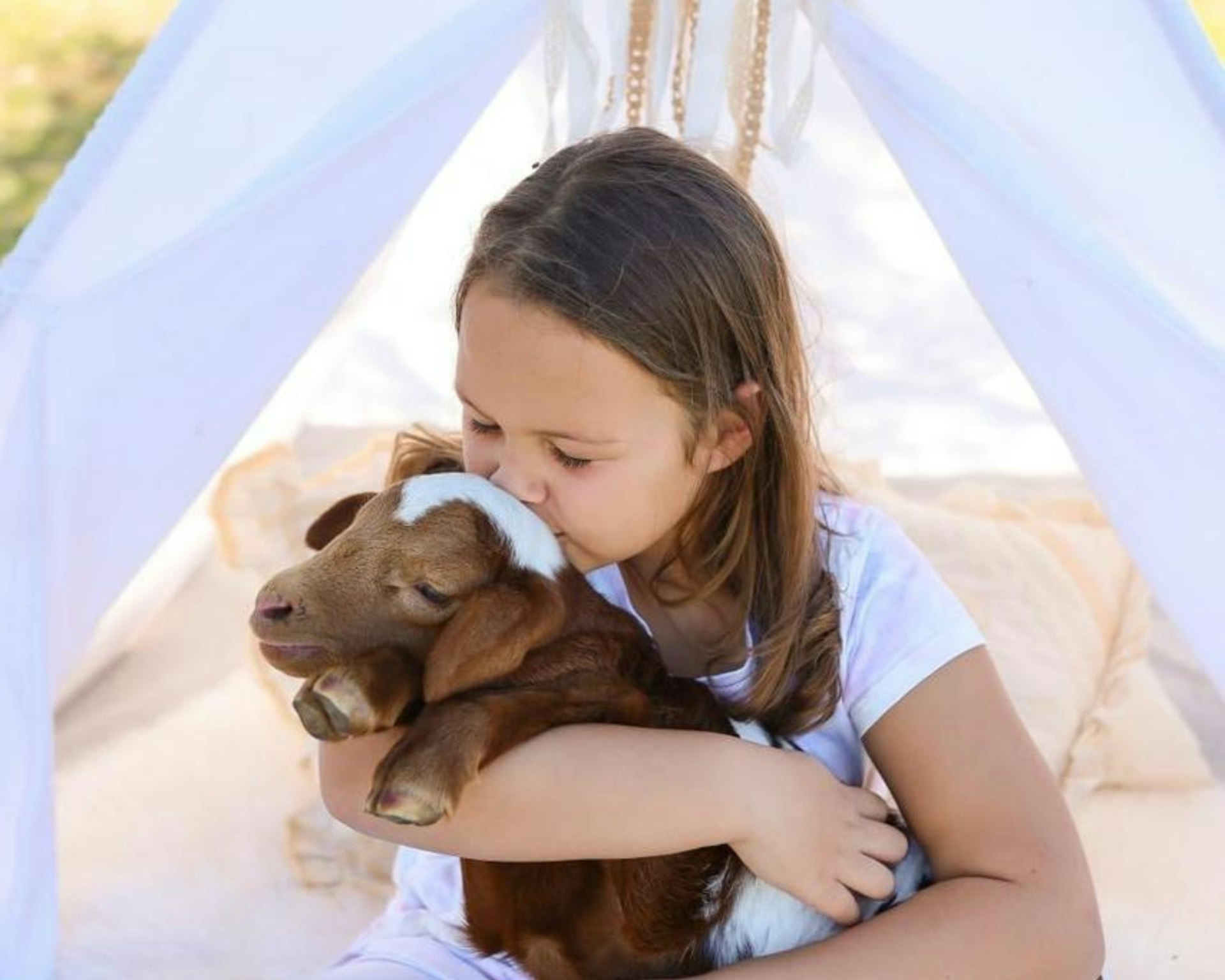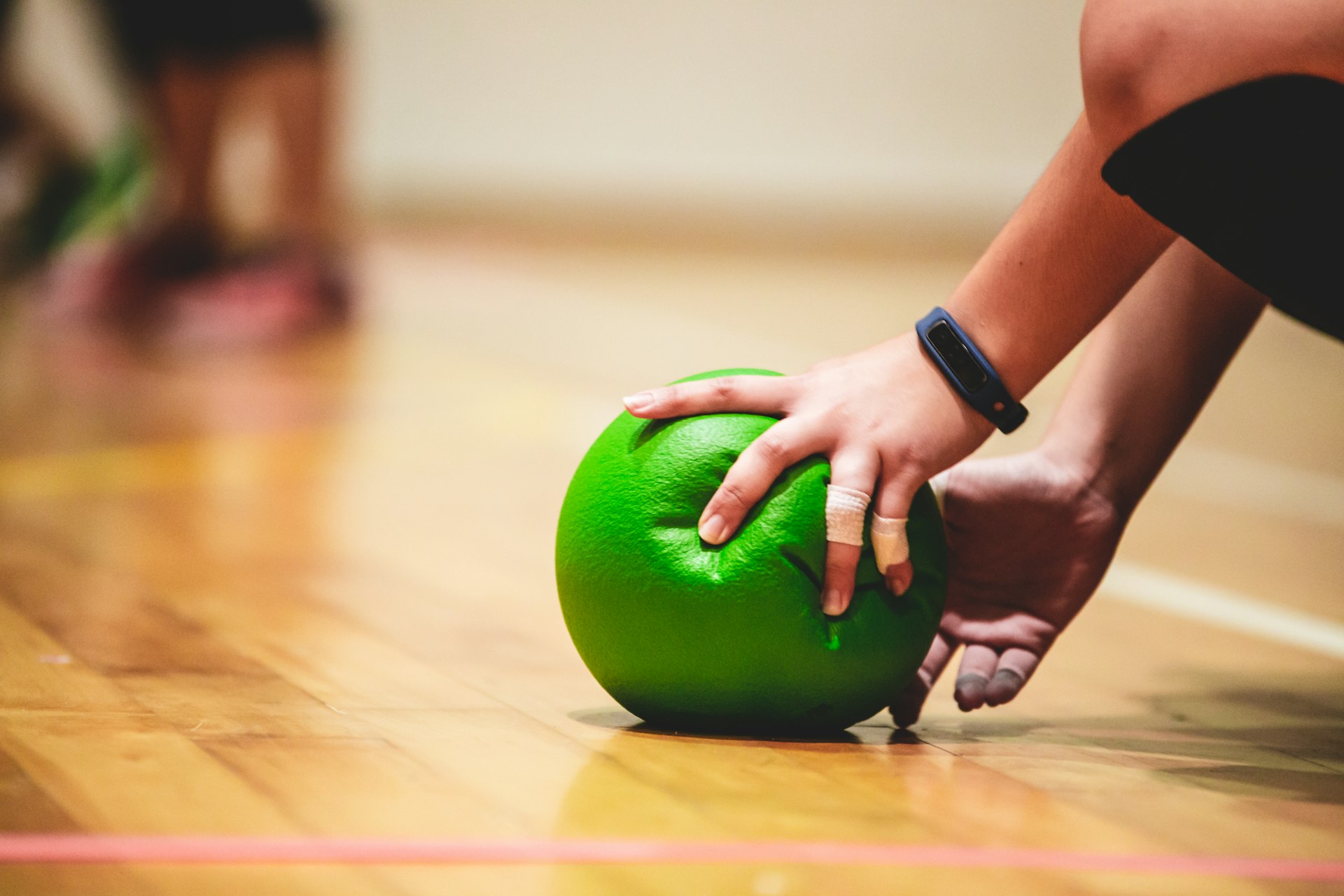Family Wellness Made Simple: Practical Routines for All Ages

Photo by Hiboy on Unsplash
Introduction: Why Family Fitness and Wellness Matter
Building a healthy lifestyle is more effective and sustainable when families do it together. Research shows that children are more likely to develop healthy habits when parents model and participate in physical activity and wellness routines with them. Family-focused fitness not only benefits physical health, but also strengthens emotional connections, reduces stress, and creates lasting memories. This guide offers a comprehensive approach to making fitness and wellness enjoyable, accessible, and practical for every household member, regardless of age or ability [1] .
Turning Everyday Activities into Family Fitness
Busy schedules can make dedicated workout time challenging, but everyday activities present ample opportunities for movement. For example, taking a brisk walk with your child in a stroller, opting for routes with gentle hills, and increasing your pace can transform a routine outing into a mini-workout. Incorporate stretching at the start or end of the day with your children-this helps improve flexibility and sets a positive tone for daily routines [2] .
Screen time doesn’t have to be sedentary. Set reminders to stand up and dance during commercial breaks or between video game rounds. Let children pick their favorite songs, turning quick dance breaks into a fun family ritual. Chores can also double as physical activity. Turn tidying up into a race, challenge each other to see who can sweep or unload the dishwasher fastest, or carry laundry baskets together. These short, playful bursts of movement add up throughout the day and reinforce the idea that fitness can be both fun and functional [2] .
Making Fitness Fun and Engaging
Children and adults are more likely to stick with physical activity if they enjoy what they’re doing. Explore various activities-dancing, biking, swimming, jumping rope, or playing soccer. Allow each family member to suggest activities so everyone feels included. Trying something new together, such as yoga or a community sport, introduces variety and excitement while fostering togetherness [3] .
Outdoor activities have added mental health benefits. Spending time in nature can reduce stress and improve mood in children and adults alike. Plan family hikes, treasure hunts, or outdoor games in your neighborhood or at local parks. If you lack access to outdoor spaces, look for after-hours use of school playgrounds or community centers. For added motivation, incorporate playful challenges-spotting animals, collecting leaves, or organizing a mini-scavenger hunt. Such inclusivity ensures everyone, regardless of fitness level, can participate [3] .

Photo by Sweet Life on Unsplash
Developing Healthy Eating and Hydration Habits
Wellness is holistic: fitness is only one part of a healthy lifestyle. Eating nutritious foods and staying hydrated are equally important. Involve children in meal planning, grocery shopping, and meal preparation. Allowing kids to help cook encourages them to try new, healthy foods and fosters a sense of responsibility. Aim to cook and eat together several times a week to reinforce these habits [4] .
Replace sugary drinks with water as your family’s primary beverage. Model this behavior by choosing water yourself, and encourage kids to decorate their own reusable bottles. Make hydration fun by setting daily water goals and celebrating when they’re met. Such routines can help children develop lifelong healthy habits [4] .
Setting and Achieving Family Wellness Goals
Setting clear, realistic goals keeps families motivated and accountable. Start with achievable targets: a daily walk, a weekly active outing, or a goal to try a new activity each month. Use a family calendar or activity tracker to log your progress. Some families use step counters or pedometers for friendly competitions, while others track hydration or fruit and vegetable intake. Celebrate reaching milestones-small rewards or recognition can help maintain enthusiasm [2] .
Challenges will arise-busy schedules, lack of motivation, or resistance from family members. To overcome these, keep routines flexible. If a planned outing falls through, substitute a quick dance session or indoor obstacle course. Communicate openly about what activities everyone enjoys and adapt plans as needed. Use setbacks as learning opportunities rather than reasons to quit.
Ideas for Active Family Weekends and Special Events
Weekends are ideal for more extended family activities. Consider biking on safe trails, hiking in nature preserves, or planning a family sports day at a local park. Even home-based ideas, such as backyard games, jump rope competitions, or hula hoop contests, provide valuable exercise and entertainment. For special events, organize a family treasure hunt, learn to juggle together, or try a new sport like badminton or croquet [5] .
Seasonal activities offer additional variety. In spring and summer, try fruit picking at local farms, or visit swimming pools and splash parks. In autumn, rake leaves together or go on nature walks to collect colorful foliage. In winter, bundle up for indoor dance parties or visit community recreation centers for open gym time. The key is to keep activities fresh and enjoyable, so the whole family looks forward to staying active.
Accessing Resources and Building a Support Network
Many organizations offer free or low-cost resources for family wellness. For example, community centers, parks and recreation departments, and local health organizations often host family-friendly fitness classes or wellness challenges. To find programs in your area, search for “family fitness classes near me” or visit your city’s official parks and recreation website. National organizations like Boys & Girls Clubs of America provide downloadable guides and sometimes partner with local gyms for special events [4] .
Online, you can access free workout videos tailored for families on reputable platforms such as YouTube, but be sure to review content for age-appropriateness and safety. If your health plan or local health authority offers step challenges or wellness incentives, consider enrolling. For example, some programs provide pedometers and small rewards for meeting daily step goals. Check with your health provider or local organizations for up-to-date offerings [2] .
If you have specific health concerns or need adapted activities due to mobility or medical issues, consult your family physician or a registered dietitian. They can provide personalized recommendations and connect you with support services.
Conclusion: Building Lasting Wellness Together
Family-friendly fitness and wellness routines create a foundation for lifelong health. By making movement enjoyable, integrating healthy eating, and setting realistic goals, families can overcome barriers and celebrate progress together. Remember, the journey is about progress, not perfection, and every small step counts toward a healthier, happier household.
References
- [1] Health Advocate Blog (2025). Making family fitness fun and easy.
- [2] Parkland Health Plan (2025). Family Fitness in Five Minutes a Day.
- [3] Children’s Hospital Colorado (2025). Family Exercise Tips for Feeling Great Together.
- [4] Boys & Girls Clubs of America (2024). Make Family Fitness Fun: Healthy Habits for Everyone.
- [5] SHAPE America (2025). 101 Tips for Family Fitness Fun.
MORE FROM eboxgo.com













